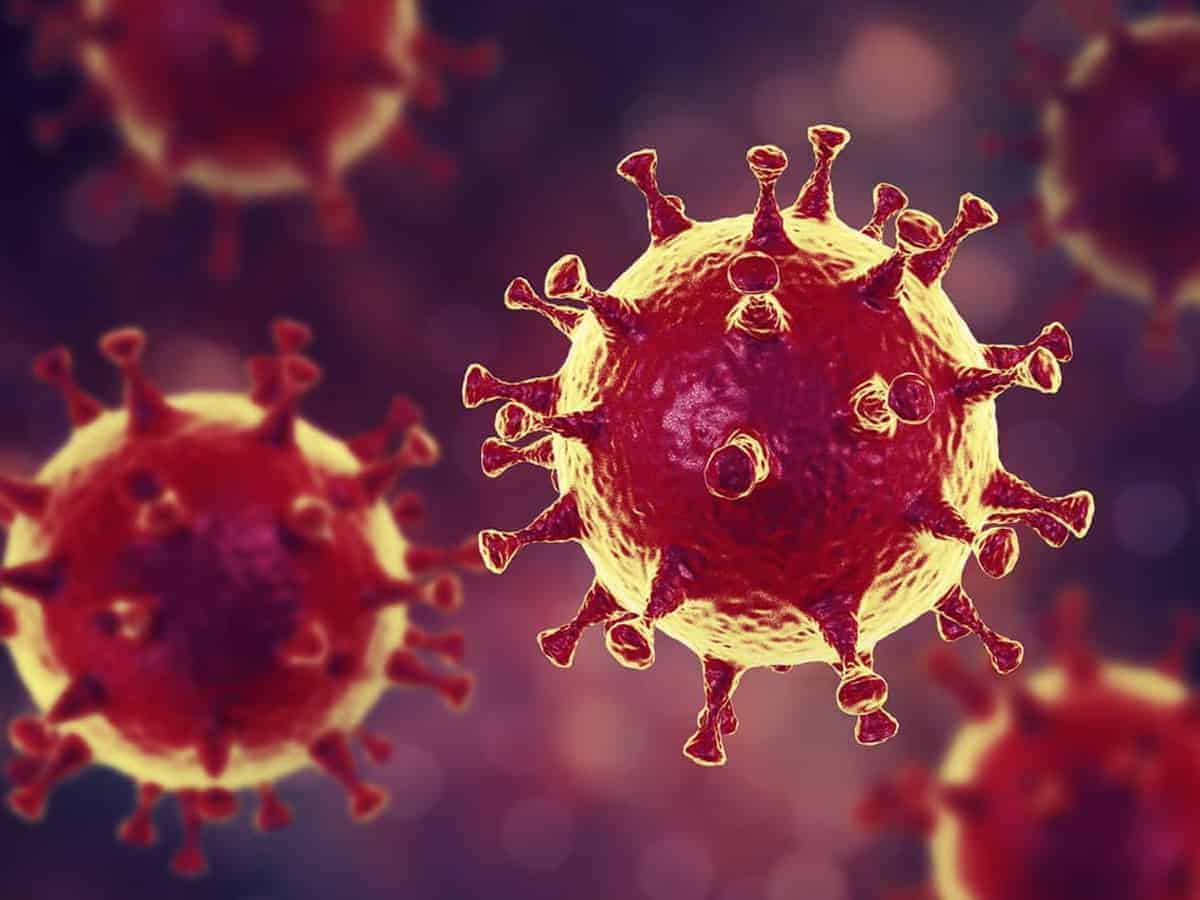New York: COVID-19 spreads easily among people who live together and other family members, even before an infected person shows any symptoms, according to a modelling study that is the first-of-its-kind to quantify symptomless transmission.
The research, published in The Lancet Infectious Diseases journal on Wednesday, also suggests the SARS-CoV-2 that causes COVID-19 may spread more easily in households than severe acute respiratory syndrome (SARS) or Middle East respiratory syndrome (MERS).
The analysis, based on contact tracing data from 349 people with COVID-19 and 1,964 of their close contacts in Guangzhou, China, found that people with COVID-19 were at least as infectious before they developed symptoms as during their actual illness.
The researchers, including those from the University of Florida in the US, also found that people aged 60 years or more were most susceptible to household infection with SARS-CoV-2.
The study of people living together and family members — not living at the same address — and non-household contacts suggests that breaking the chain of transmission within households through timely tracing and quarantine of close contacts, in addition to case finding and isolation, could have a huge impact on reducing the number of COVID-19 cases.
While the model has been updated to reflect the current knowledge about the transmission dynamics of COVID-19, the researchers caution that it is based on a series of assumptions, for example about the length of incubation and how long symptomatic cases are infectious, that are yet to be confirmed, and might affect the accuracy of the estimates.
“Our analyses suggest that the infectiousness of individuals with COVID-19 before they have symptoms is high and could substantially increase the difficulty of curbing the ongoing pandemic,” said Yang Yang from the University of Florida, who co-led the research.
“Active case finding and isolation in conjunction with comprehensive contact tracing and quarantine will be key to preventing infected contacts from spreading the virus during their incubation periods, which will be crucial when easing lockdown restrictions on movement and mixing,” Yang said.
The researchers developed a transmission model that accounted for individual-level exposure, tertiary transmission, potential exposure to untraced infection sources, and asymptomatic infections.
The study estimated the secondary attack rate — the probability that an infected person transmits the disease to a susceptible individual — among people living together and family members, and non-household contacts.
Close contacts — unprotected individuals who had been within a metre of a person with COVID-19 less than two days before their symptoms developed — were traced, quarantined, and tested for SARS-CoV-2 on days 1 and 14.
The analyses estimated that the likelihood of secondary transmission — spread from an infected person to non-household contacts — was 2.4 per cent, the researchers said.
The likelihood of passing on the virus was higher among people living together and family members, with an attack rate of 17.1 per cent — around 1 in 6 — among people living at the same address, and 12.4 per cent among family members, they said.
“Family members such as parents and older children may not be living at the same address, which might explain why they appear at less risk of secondary infections than those living in the same household as the COVID-19 case,” said Natalie Dean from the University of Florida.
“While the likelihood of transmitting COVID-19 in households may seem quite low, it is around twice what has been estimated for SARS (4.6-8 per cent) and three times higher than for MERS (4-5 per cent), although these data are only based on a small number of studies, Dean said.
The model also suggests that the likelihood of household infection is highest among older adults aged 60 or more, and lowest in those aged 20 years or younger, according to the researchers.
The estimates also suggest substantial infectivity during the incubation period, comparable to, and potentially higher than, during the illness period, they said.

